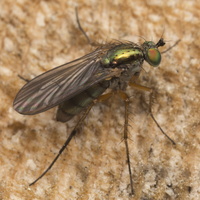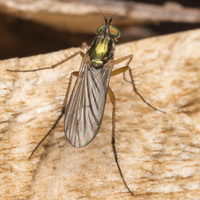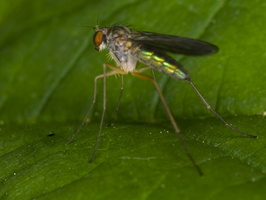- sort orderDefault
Photo title, A → Z
Photo title, Z → A
✔ Date created, new → old
Date created, old → new
Date posted, new → old
Date posted, old → new
Visits, high → low
Random - Google Map
- map
 home / Insecta · vabzdžiai / Diptera · dvisparniai / Dolichopodidae · ilgakojės muselės
home / Insecta · vabzdžiai / Diptera · dvisparniai / Dolichopodidae · ilgakojės muselės

-
 Medetera sp. · ilgakojė muselė
Medetera sp. · ilgakojė muselė
-
 Dolichopodidae · lgakojės muselės
Dolichopodidae · lgakojės muselės
-
 Dolichopodidae · lgakojės muselės
Dolichopodidae · lgakojės muselės
-
 Dolichopodidae · lgakojės muselės
Dolichopodidae · lgakojės muselės
-
 Dolichopodidae · ilgakojės muselės
Dolichopodidae · ilgakojės muselės
-
 Dolichopus sp. · ilgakojė muselė
Dolichopus sp. · ilgakojė muselė
-
 Dolichopus sp. · ilgakojė muselė
Dolichopus sp. · ilgakojė muselė
-
 Dolichopus sp. · ilgakojė muselė
Dolichopus sp. · ilgakojė muselė
-
 Dolichopus sp. · ilgakojė muselė
Dolichopus sp. · ilgakojė muselė
-
 Dolichopus sp. · ilgakojė muselė
Dolichopus sp. · ilgakojė muselė
-
 Dolichopus sp. · ilgakojė muselė
Dolichopus sp. · ilgakojė muselė
-
 Dolichopus sp. · ilgakojė muselė
Dolichopus sp. · ilgakojė muselė
-
 Dolichopodidae · ilgakojės muselės
Dolichopodidae · ilgakojės muselės
- long-legged flies
- Langbeinfliegen
- ilgakojės muselės
- smaragdmušu dzimta, zaļganīšu dzimta
- błyskleniowate
en.wikipedia.org/wiki/Dolichopodidae Most adults are predatory on other small animals, feeding on small invertebrates including Collembola, aphids, and the larvae of Oligochaeta. Some may scavenge or act as kleptoparasites of spiders or other predators. Species of the genus Dolichopus commonly prey on the larvae of mosquitoes.
The larvae occupy a wide range of habitats. Many are predators of small invertebrates and generally live in moist environments such as soil, moist sand, or rotting organic matter. Genera such as Medetera live as predators under tree bark or in the tunnels of bark beetles. Larvae of the genus Thrypticus are unusual among Dolichopodidae, in that they are phytophagous and live in the stems of reeds and other monocots near water.